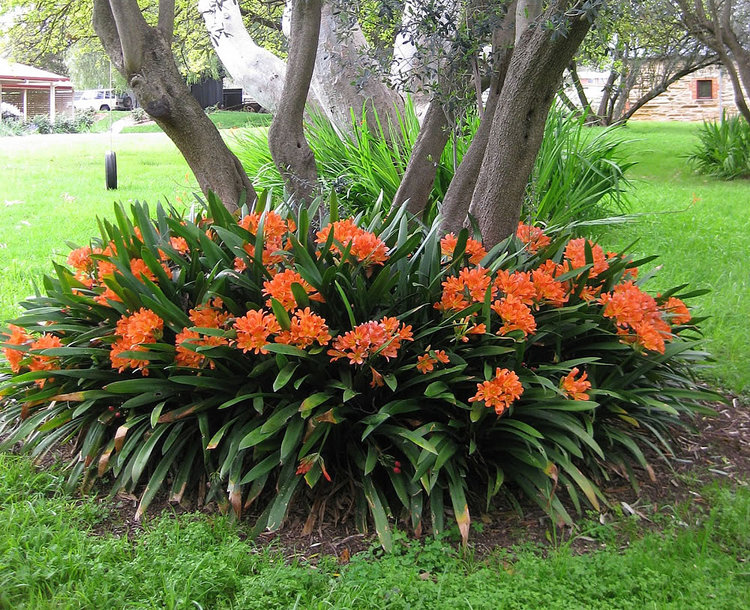
The Sunday Mail

Andrew Mangwarara —
IT is always fun to be in the garden, the variety of plants you find there is intriguing. Bulbous plants are some of the most beautiful garden plants. They come in all shapes and sizes. Some are rhizomes, corms, true bulbs, and tubers (depending on the shape of the underground structure), however from a horticultural perspective, all of them are bulbs.
Rhizomes include ginger or canna, whilst the crocosmia is corm, potatoes or dahlia are tubers and finally; onions, narcissus and tulipa are true bulbs.
There are a number of dos and don’ts when it comes to growing bulbous plants in the garden. However, this is a rewarding group of plants.
The underground structure offers an added advantage for the plant to survive in situations where other plants would not last due to the ability of the plant to store food within its appendages.
Some can weather droughts but the greatest disadvantage for others is their inability to withstand water logged conditions. The corms however, prefer water logged conditions.
Generally, most bulbs prefer well-drained soils, otherwise they will rot while leaves wilt.
Plant your bulbs at a depth of at least twice their size. A well decomposed manure must be used when planting. lf the compost is still undergoing decomposition, in which case a lot of heat is being generated, the bulbs will decay.
Position the bulb in accordance with its light requirements (shade or full sun).
After flowering, remove the flowers but keep the foliage. lt is also at that time when you will need to add more compost or fertiliser. Work in the compost but if there is the risk of disturbing the roots then just place the compost on the surface. Sprinkle a general fertiliser such as compound D 25g per square metre every two months.
Compost can be added in June and December to a 10cm depth. Water according to the plant type. However, twice a week in summer should suffice and once a week in winter. Amongst some of my favourite bulbous plants are dahlias, which come in a variety of colours and sizes. Start the dahlia tubers in boxes early spring. When the new shoot is five centimetres long, plant into a compost rich soil.
Dahlias will need staking and you can lift tubers in May, cutting back stem to about 20cm. Dust with an insecticide such as thiram and store in a dry place. The good thing about dahlias is that you can also grow them from seed or cuttings. Grow in full sun.
Cannas are an old garden plant, which still has a place in the garden growing up to two metres, with a wide range of colour and foliage. Some are bronze, reddish, purplish or cream stripped. Grow in full sun as well but divide the plant every two years, discarding some of the material. The barberton daisy (gerbera jamesonii) is another star. Hedychium coccineum (red garland flower) is a spectacular plant with ginger like tubers and lovely inflorescence. Irises will amaze you as there are a number of cultivars. You can choose from the clivia miniata, sinningia hybridus, colocasia spp. (caladium), zantedeschia aethiopica (arum lily), gladiolus spp. (gladiola), crocosmia spp. (montbrentia), nymphaea spp. (water lily), hippeastrum spp. (amaryllis) and cyclamen persicum.
Be rewarded by the blooms of the bulb community, which has captivated mankind for many years!
Enjoy gardening.
Feedback: [email protected]



